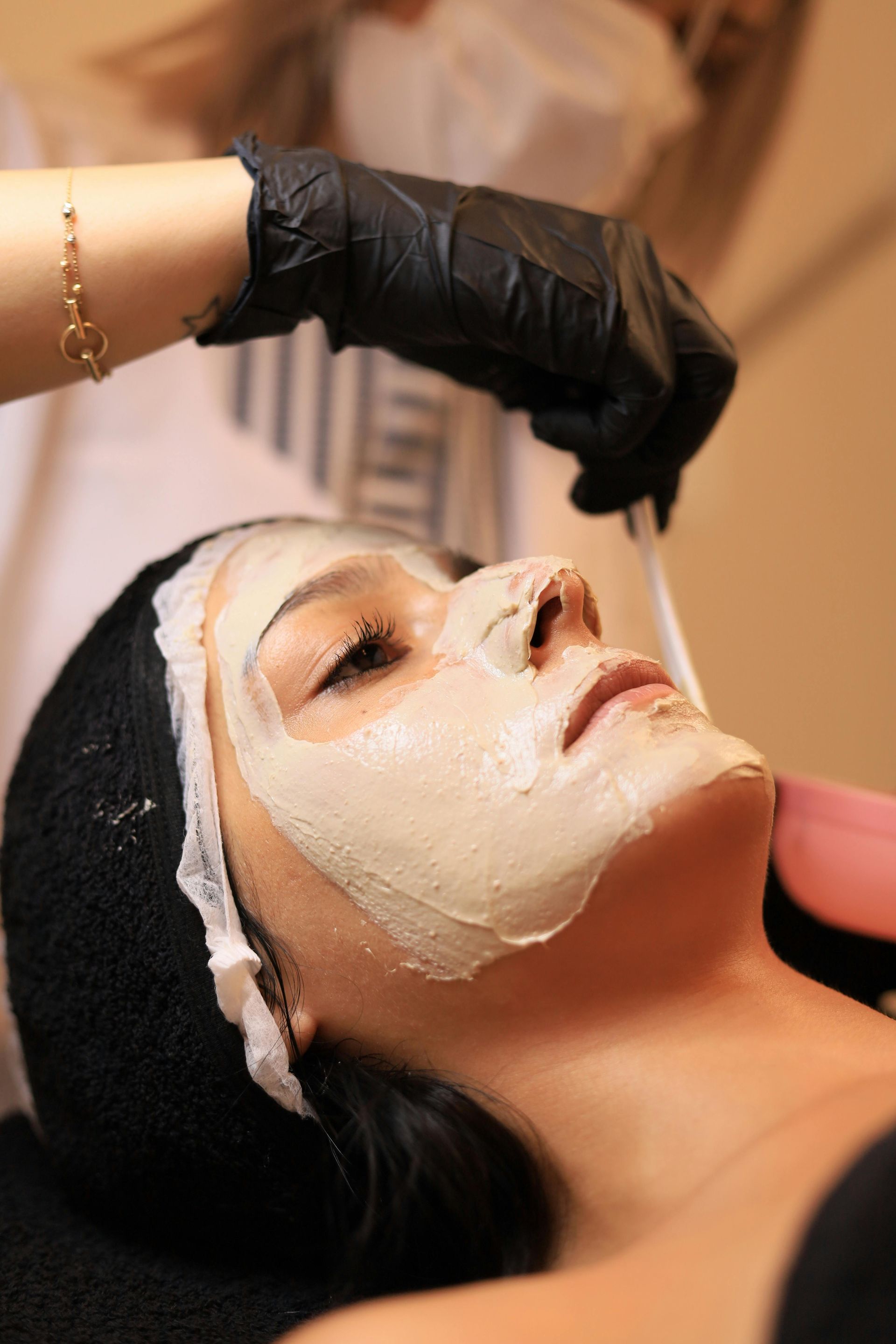Facelift Surgery in Savannah, GA
Facelift Overview
Over time, factors like gravity, sun exposure, and the pressures of daily life begin to affect our faces and necks. Deep lines form around the mouth, the jawline loses its firmness and may sag, and the neck starts to show loose skin and fat buildup. Facelifts address these aging signs by tightening muscles, removing excess fat, and trimming surplus skin, resulting in a more youthful and rejuvenated appearance. Many patients notice looking 10-15 years younger after the procedure.
What Conditions Can A Facelift Treat?
Facelifts, medically known as rhytidectomies (meaning "removal of wrinkles"), are designed to rejuvenate the mid-to-lower face and neck. They are most beneficial for patients seeking to address:
- Sagging in the midface
- Deep lines under the eyes
- Pronounced creases between the nose and mouth (nasolabial folds)
- Jowls caused by muscle tone loss
- Fat deposits in sagging areas
- Loose skin and fat beneath the chin and jaw
Facelifts can significantly enhance appearance for those with these concerns. However, they do not halt the aging process, and signs of aging will gradually reappear over time.
Additionally, facelifts do not address the brow, eyelids, nose, or certain midfacial areas. For improvements in these regions, patients may consider combining a facelift with a brow lift or eyelid surgery (blepharoplasty).
To further enhance the results of a facelift, injectable fillers, facial implants, and skin resurfacing treatments can also be considered.
Who Is a Good Candidate for a Facelift?
Ideal candidates for rhytidectomy:
- Want to address one or more visible signs of aging mentioned earlier
- Are men or women whose faces have started to sag but still have some skin elasticity
- Are in good overall health
- Do not smoke
- Have realistic expectations
- Are pursuing a facelift for personal reasons, not external pressure
During your consultation, your doctor will assess whether a facelift is suitable for you.
Facelift Procedure
Facelifts are typically outpatient procedures and may be performed in an office-based facility, surgery center, or hospital. Patients may have a choice of IV sedation or general anesthesia. The procedure takes about two hours.
The way a facelift is performed varies depending on the surgeon, the patient’s facial structure, and the extent of correction desired. The three most common incision techniques are:
Traditional Facelift
A full facelift aimed at rejuvenating the face, jowls, and neck, which includes fat sculpting, muscle and deeper tissue lifting and repositioning, and skin trimming and redraping. The incision typically starts at the temples, extends down to the front of the ear, goes around the earlobe, and continues behind the ear to the lower scalp at the hairline. In some cases, an additional incision may be made under the chin.
Non-Surgical Facelift
The non-surgical facelift option, known as Embrace RF, offers similar results to a traditional facelift without the scars. This procedure combines two technologies—FaceTite and Morpheus8—that reduce fat while improving skin texture, eliminating concerns about sagging or wrinkling.
Limited-Incision Facelift
This method targets specific areas like the eyes and mouth, addressing nasolabial folds and other deep creases. Shorter incisions are made at the temples and around the ear, and possibly under the lower eyelids or upper lip for further refinement.
Neck Lift
A neck lift focuses on tightening jowls, reducing loose skin on the neck, and eliminating fat beneath the chin. The incision is typically made around the earlobe, continuing behind the ear to the lower scalp.
In all three procedures, incisions are closed with stitches or tissue glue, and the resulting scars are strategically hidden within the hairline and the natural contours of the face.


